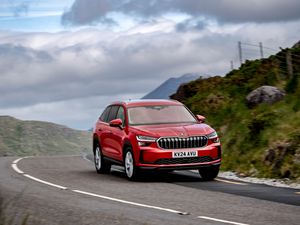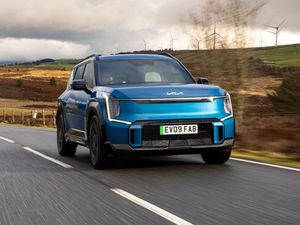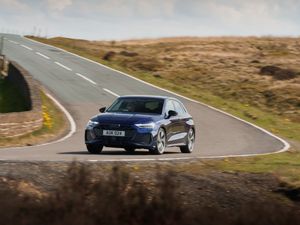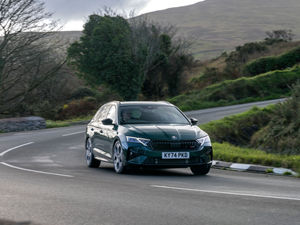UK Drive: Does the Jaguar XF Sportbrake make sense with a powerful petrol engine?
We’re big fans of the Jaguar XF Sportbrake, but does it make sense with a powerful petrol engine? Darren Cassey finds out.
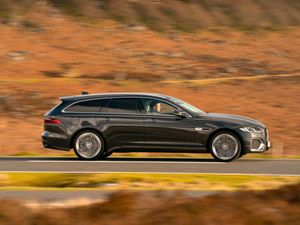
What is it?

In a market dominated by SUVs, the humble estate feels like a throwback. Jaguar itself threw all its might behind SUVs with the E-Pace and excellent F-Pace, as well as the electric I-Pace, but its customers weren’t wholly sold on the idea of ditching their wagons, so the XF Sportbrake lives on.
It’s a good thing, too, because not only does it offer a little variety in the world of practical family cars, it’s an incredibly good looking thing. It’s also there to provide a rival to market leaders from the likes of Volvo, Mercedes-Benz and BMW.
What’s new?

Jaguar updated the XF around the turn of the year, implementing pretty comprehensive improvements. The exterior received some fairly subtle tweaks to modernise the design somewhat, but it’s inside where the biggest changes can be found.
Other updates include new engines, including a mild-hybrid diesel, as well as active road noise cancellation and cabin air ionisation. The buying experience has been simplified too, with fewer options and derivatives, which coupled with a price drop made it even more appealing.
What’s under the bonnet?
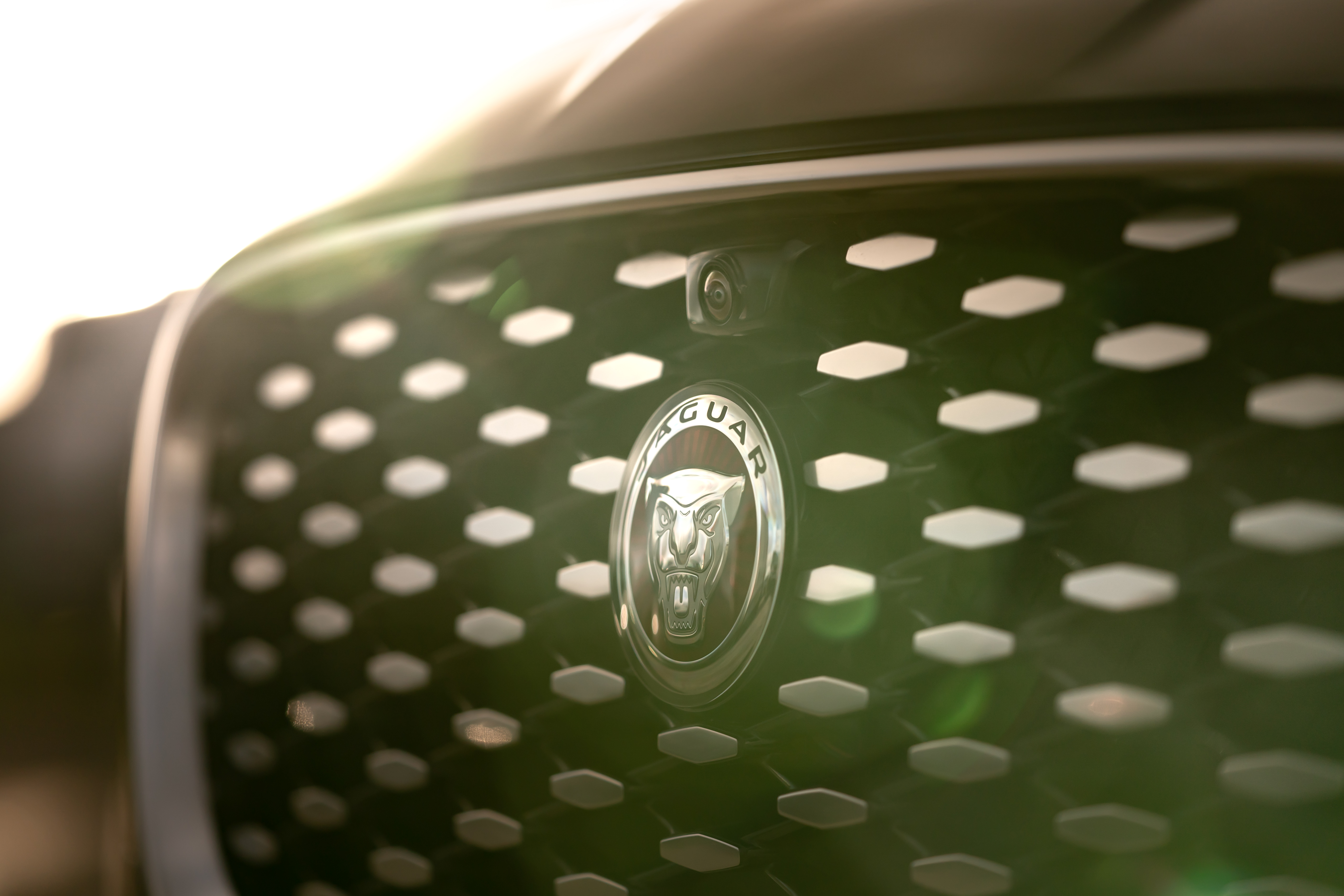
There are three engine options, with a single diesel called D200 and two petrols called P250 and P300. The diesel and lower-powered petrol are available with rear- and all-wheel-drive, while the more powerful petrol can only put power to all four wheels.
We tested the P300, which is a four-cylinder 2.0-litre turbocharged unit making 296bhp and 400Nm of torque. Economy-wise, official figures suggest up to 29.9mpg and CO2 emissions of 213g/km. It’s pretty punchy, too, going from 0-60mph in 5.9 seconds and on to a top speed of 155mph.
What’s it like to drive?

Jaguar’s USP has often been that its cars are some of the sweetest to drive in the segment, and its larger saloon stays true to this ethos. We’d have to test them back-to-back, but I’d go so far as to say this is even better on a winding country lane than a BMW 5 Series.
The steering is light but well-judged, and the front end is surprisingly eager to turn in for a big, premium wagon. Yet it doesn’t feel nervous and fidgety around town or on the motorway nor is it uncomfortable over poor roads.
There’s perhaps a little less refinement with wind and road noise at higher speeds than some rivals, but overall the driving experience is so good you’ll be looking forward to jumping behind the wheel.
How does it look?

You don’t have to look back too far to find Jag styling that was definitely pretty but undeniably aimed at those collecting their pension. Its latest models have evolved this design language so every model has a smart, sleek appearance that has an unmistakable nod to the past but with a distinctly modern edge.
That’s particularly true of the XF, which has soft-edged styling up front that gives it a sophisticated look, but the narrow headlights add a more purposeful stance. The roof and window line slopes subtly to the rear, too, giving it just a hint of coupe looks. Overall it’s fairly restrained, choosing subtlety over shoutiness.
What’s it like inside?

The biggest improvement with the latest XF (and all Jaguar Land Rover models, actually) has been in the cabin. Whereas before you’d have to say the interior was the British brand’s key weakness in comparison to rivals, the latest models elevate it to one of the best in the class.
The materials feel much higher quality than before, while the updated Pivi Pro infotainment screen is easy to use and very responsive.
However, it’s not all positive, as the XF is surprisingly cramped up front. At six foot I’m not the tallest driver, but even with the steering wheel pulled as far as possible towards me, my knees were pressed against the dashboard. Meanwhile, storage space isn’t great, with my water bottle not fitting in the door pockets.
The boot space is competitive in the segment at 582 litres with the rear seats up, but that sloping roofline does impede on space up high, which could make loading taller items tricky.
What’s the spec like?

There are currently just two versions of the XF Sportbrake, called R-Dynamic and R-Dynamic Black, with the latter building on the former with a variety of black styling pieces. It’s only available with the D200 rear-wheel drive model and costs from £39,395.
R-Dynamic models start at £37,190 and include LED headlights, a sporty styling package, 19-inch alloy wheels, 11.4-inch infotainment system, Apple CarPlay and Android Auto, and sports suspension with rear air suspension.
The P300 is only offered with the high-specification HSE package, which adds 20-inch alloy wheels, auto high beam assist, 12-way heated electric memory front seats, ebony Windsor leather upholstery and a Meridian sound system. With the P300 engine this starts at £46,650.
Verdict

Prior to its 2021 updates, the XF always felt like the best of the rest in the premium saloon/estate market, falling just behind its rivals. However, it’s now up there with the best of them and in many areas could be considered the very best.
Despite a few gripes about space, the interior is beautifully put together with excellent infotainment and connectivity. Meanwhile, keen drivers should put it to the top of the shopping list as few even get close in this regard.
The P300 feels unnecessary. The P250 has more than enough power to suffice and will lower running costs. Perhaps all that’s really missing from the XF range is a plug-in hybrid to really tempt those business buyers across…Fa

